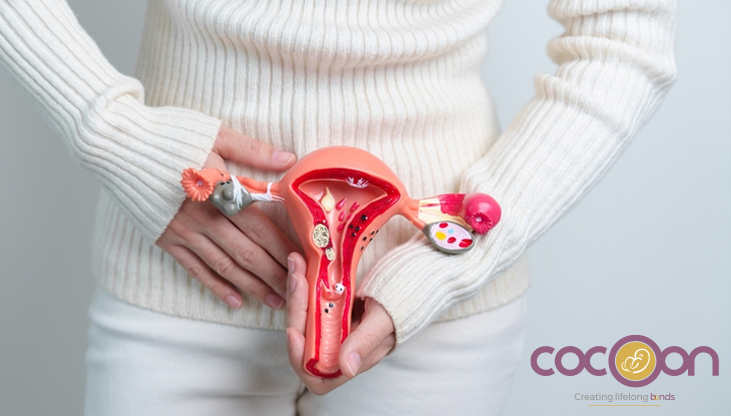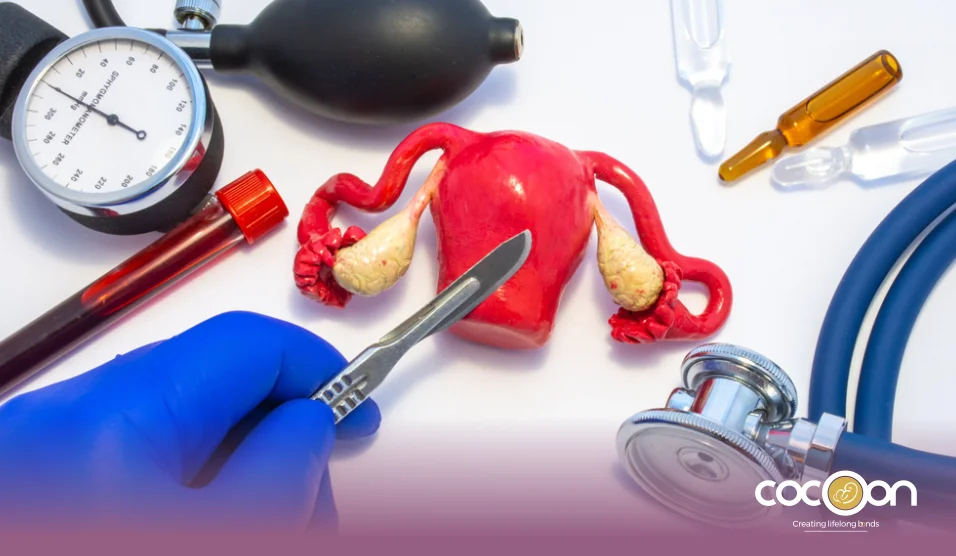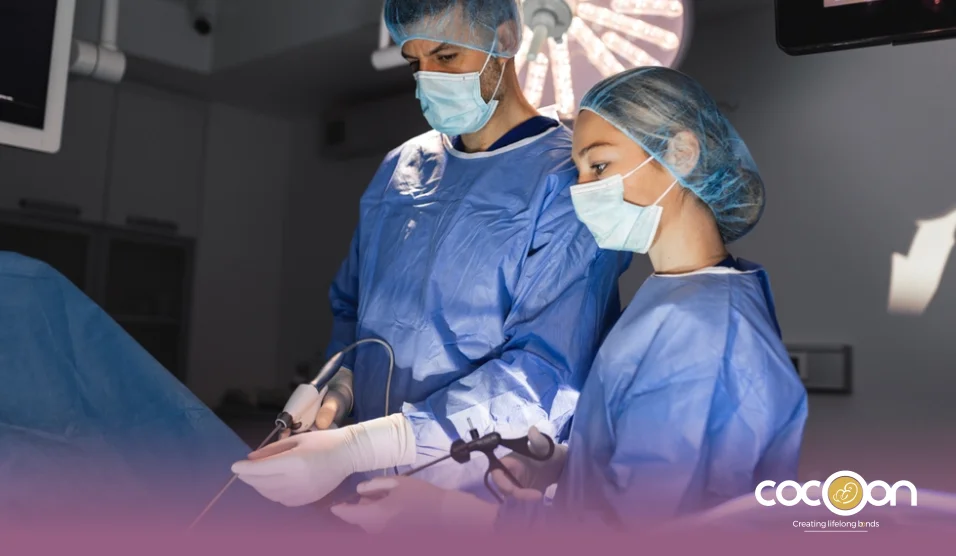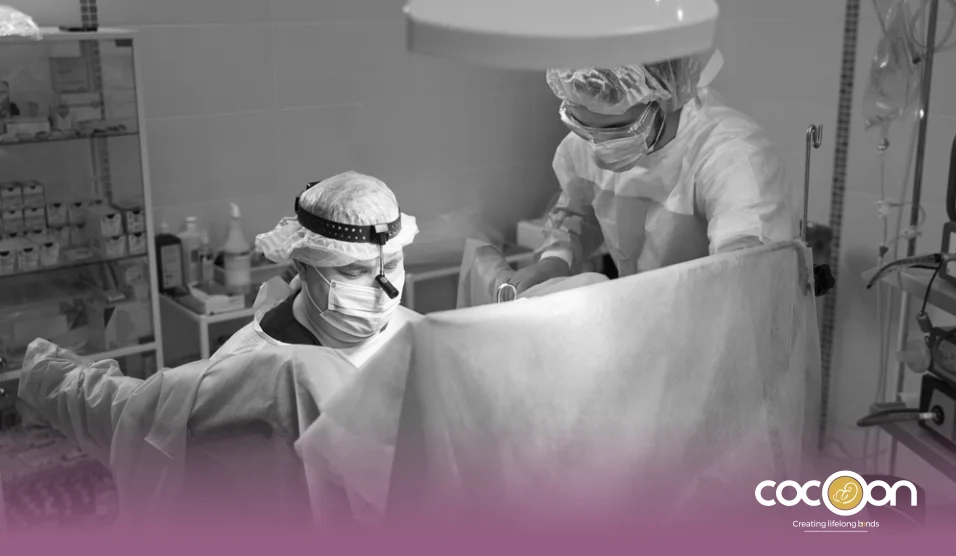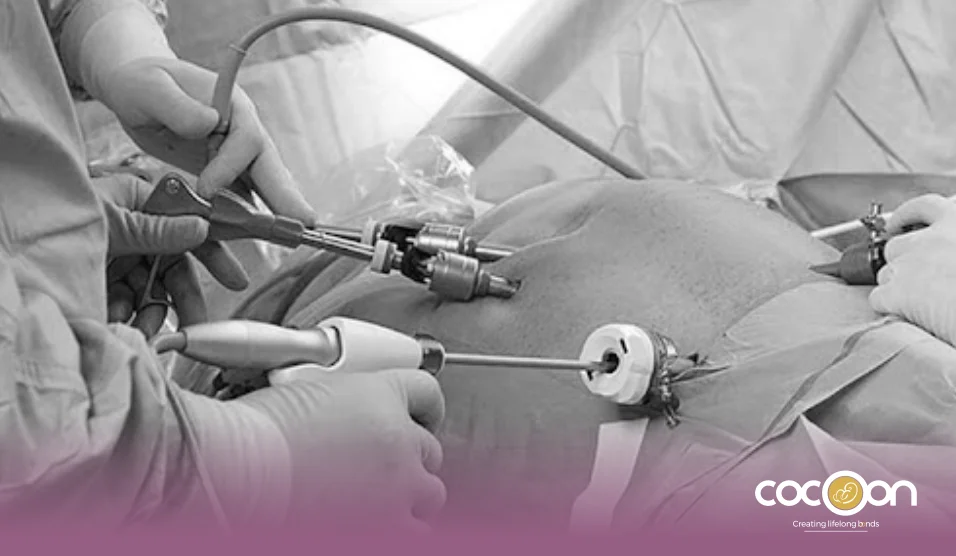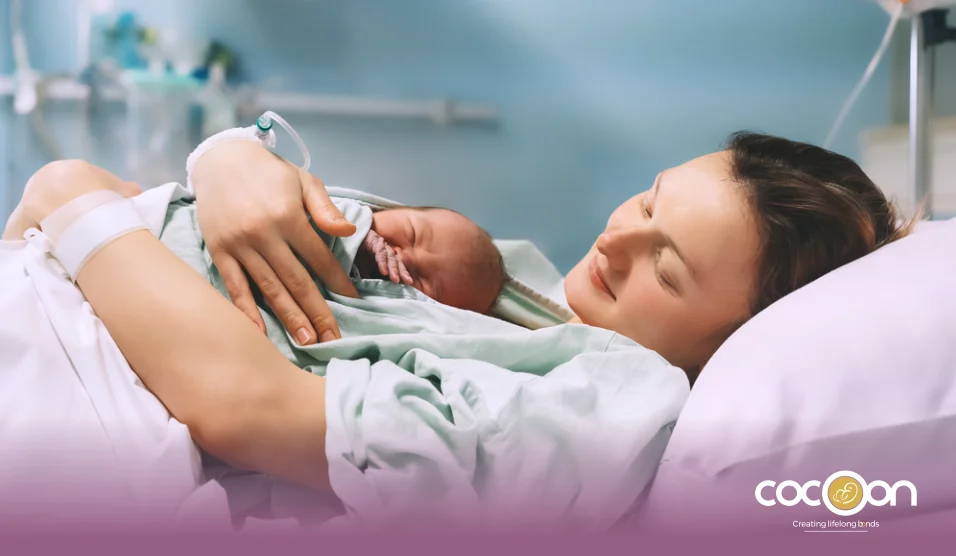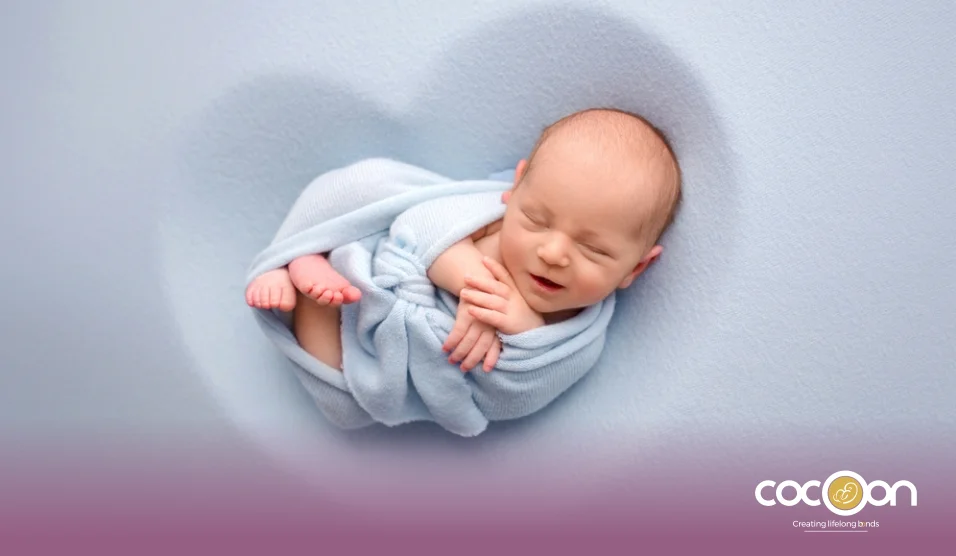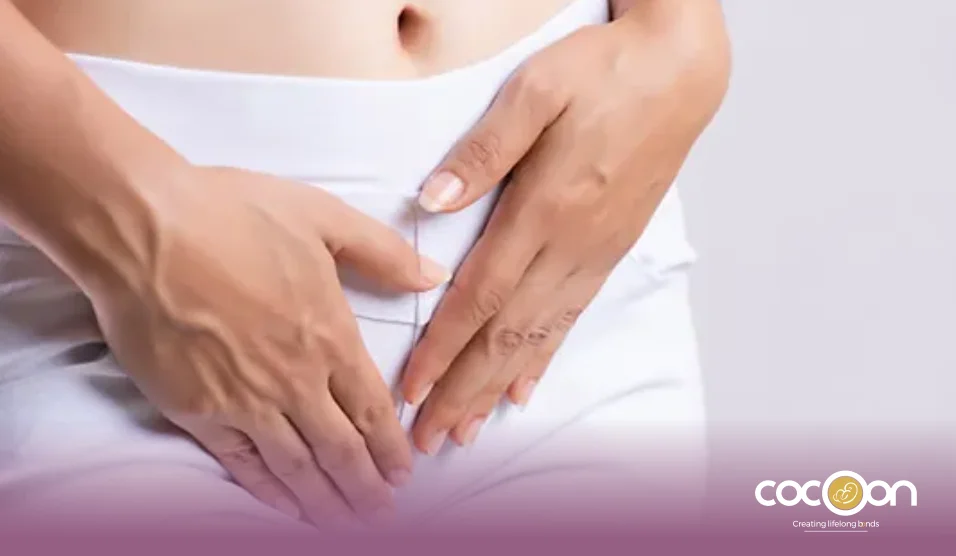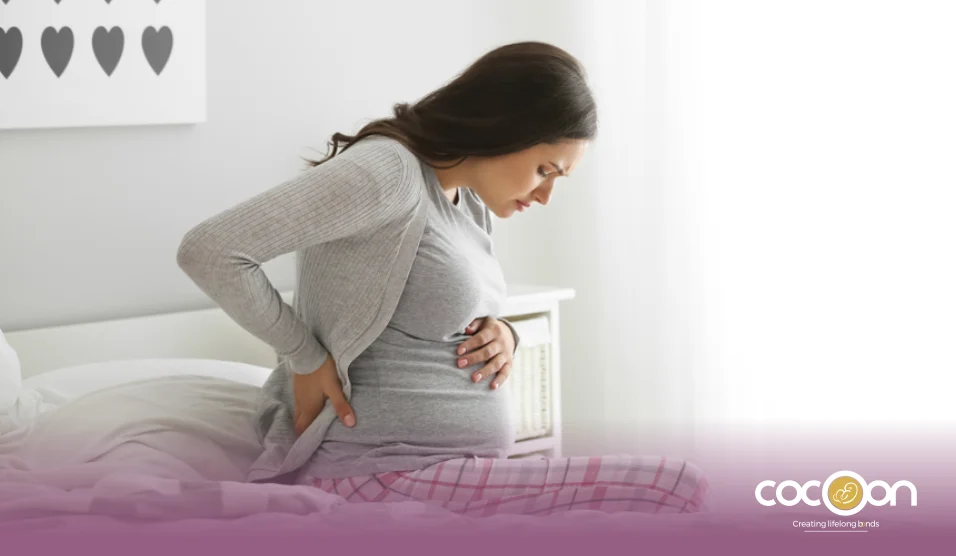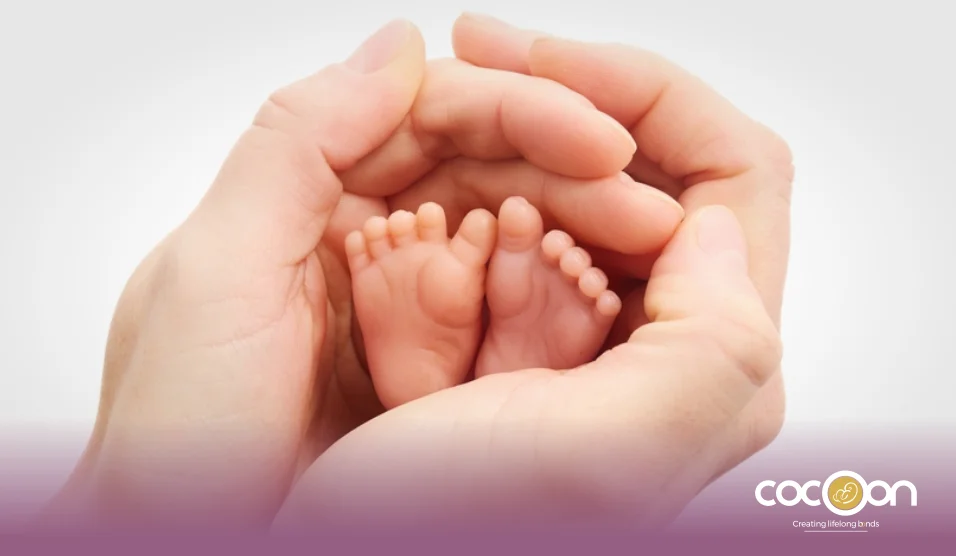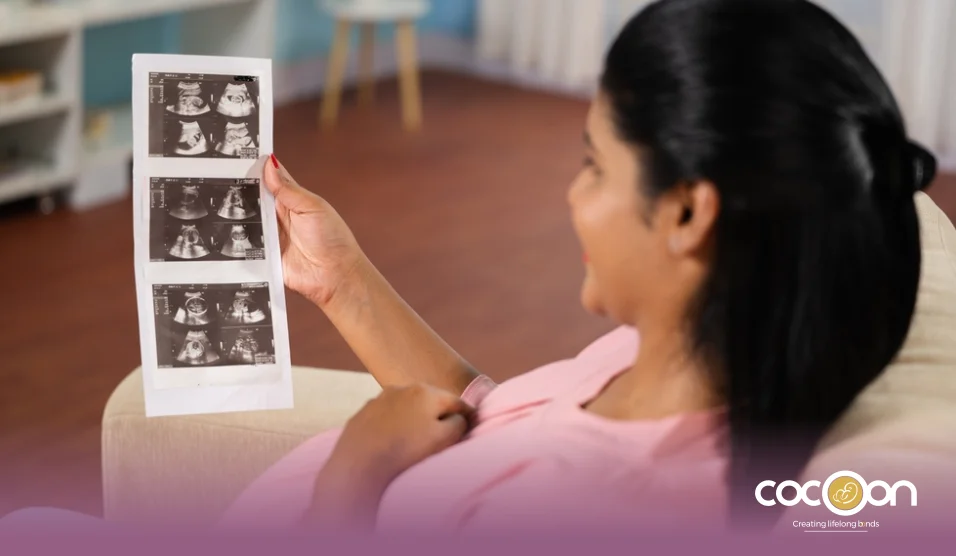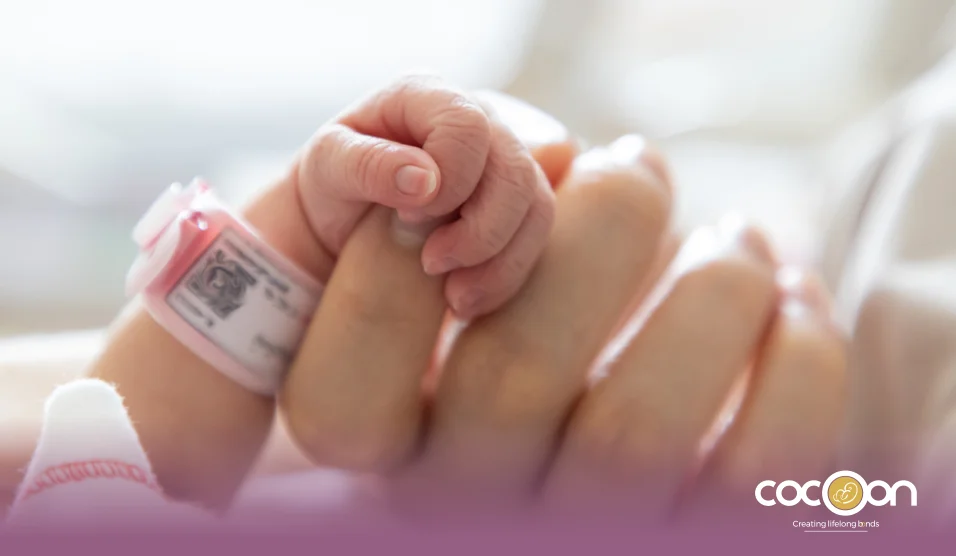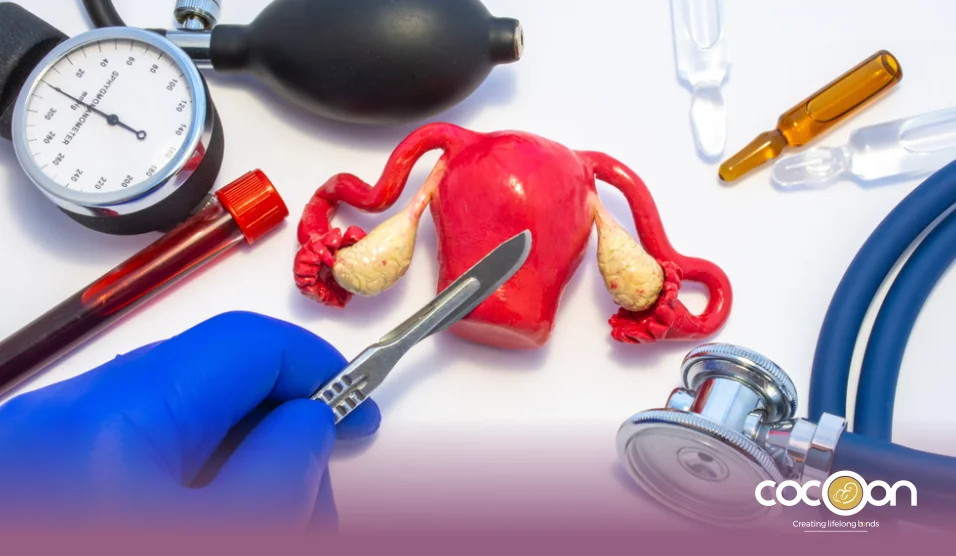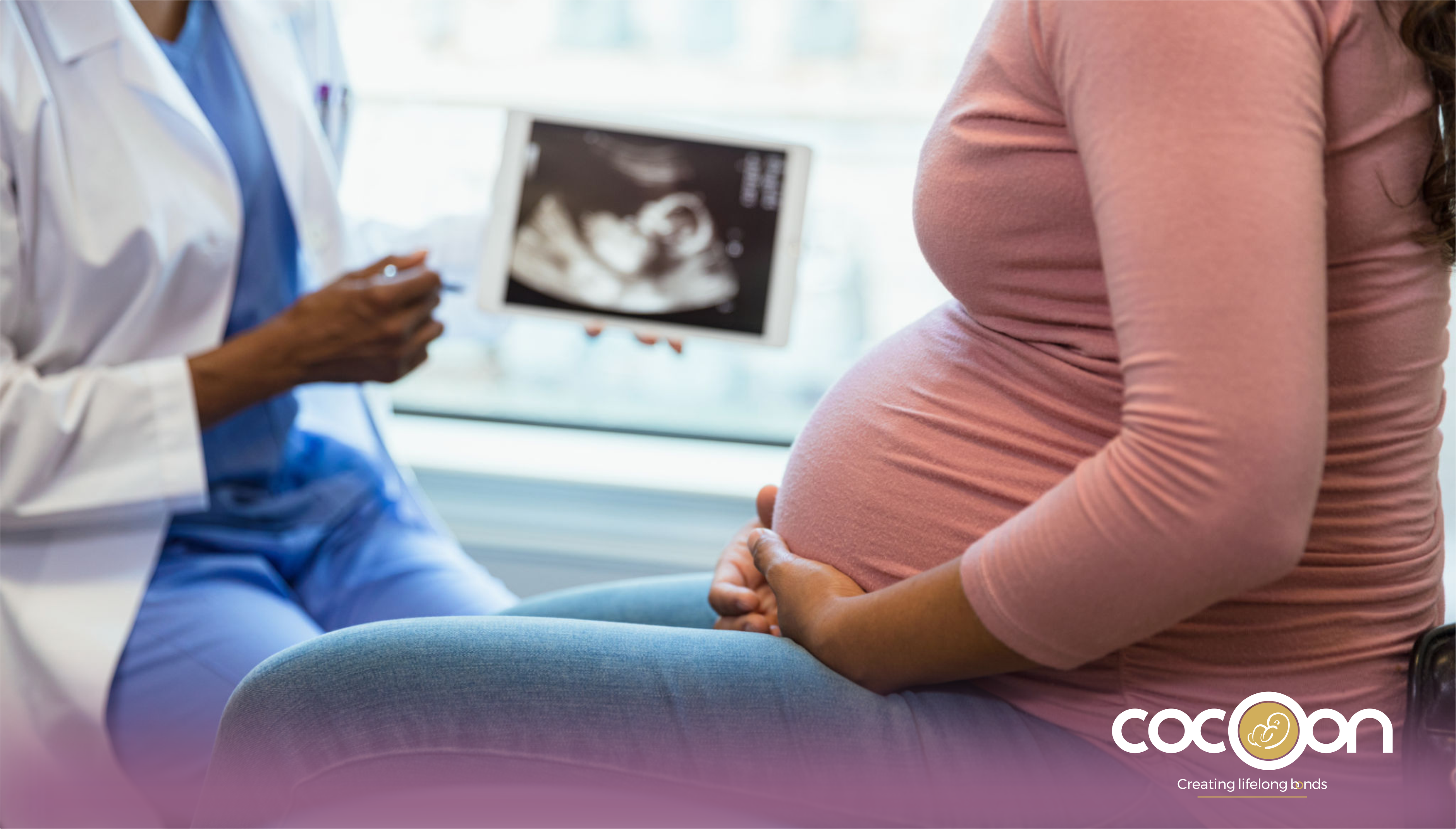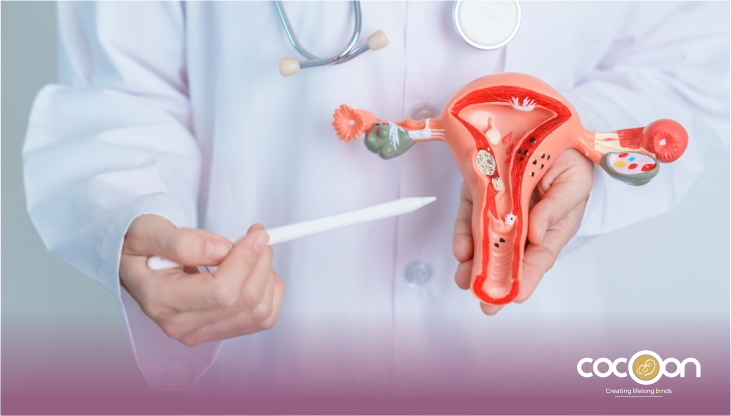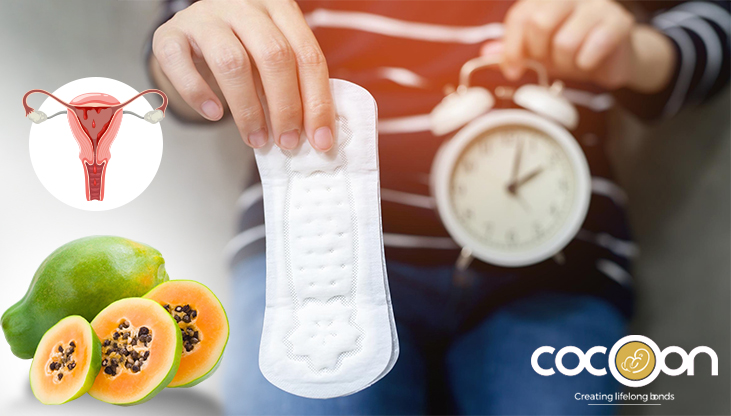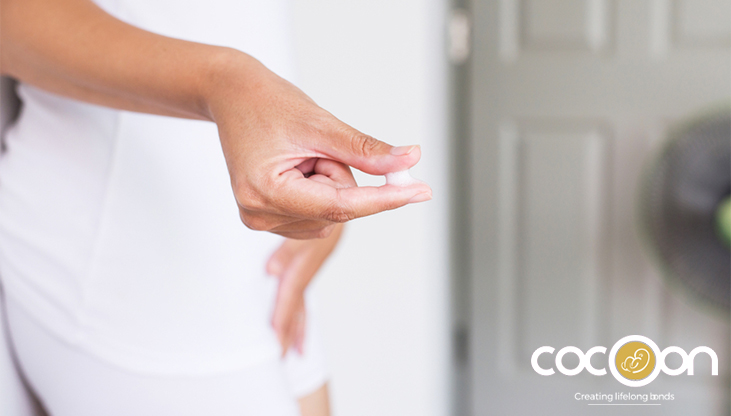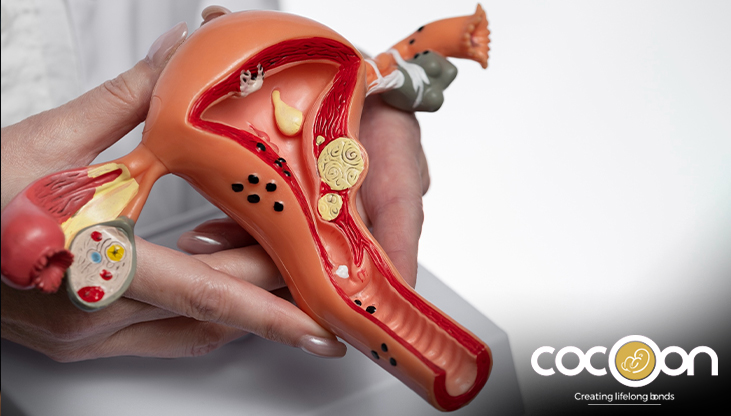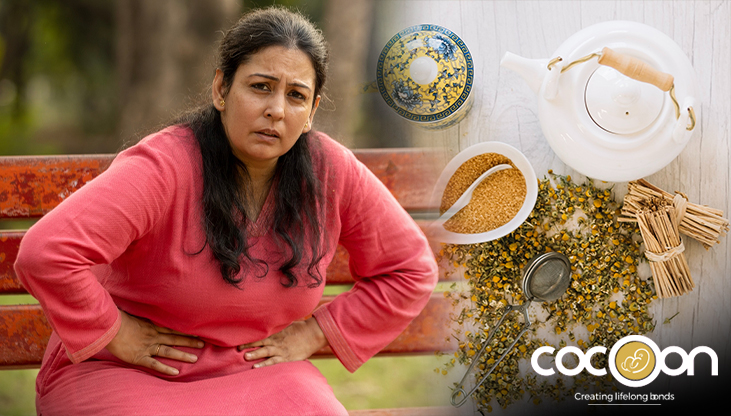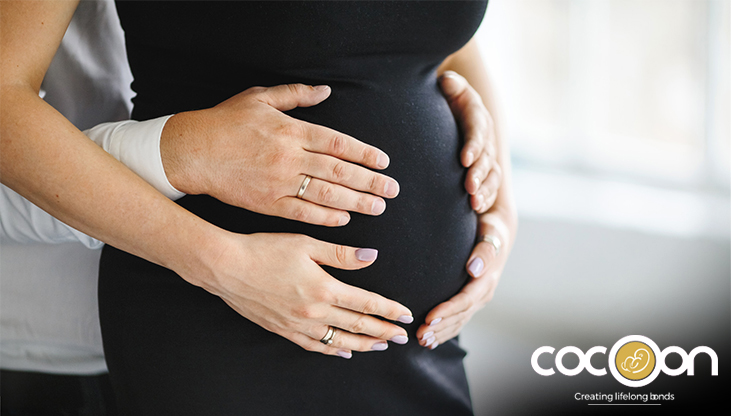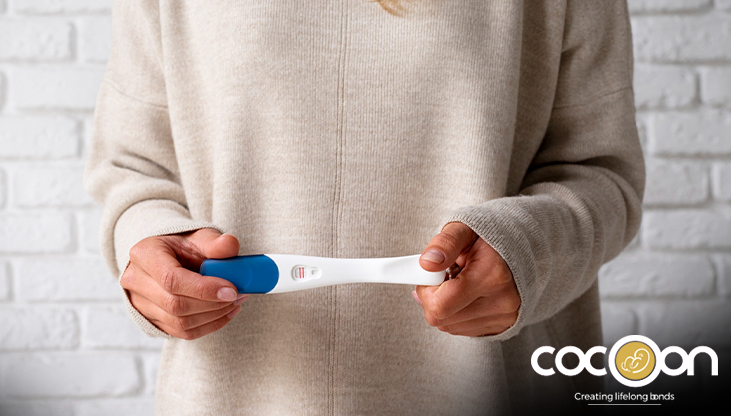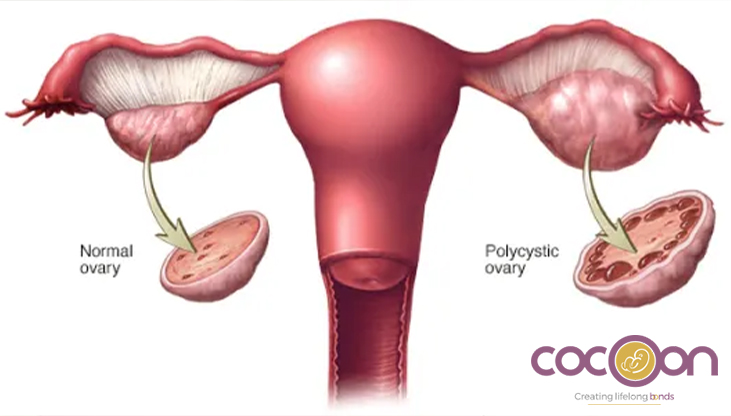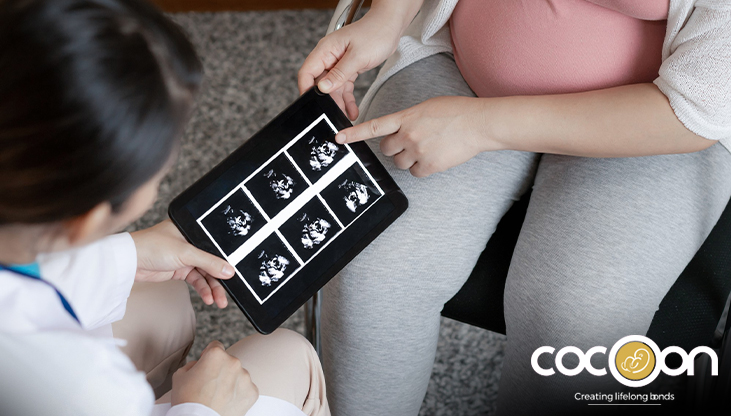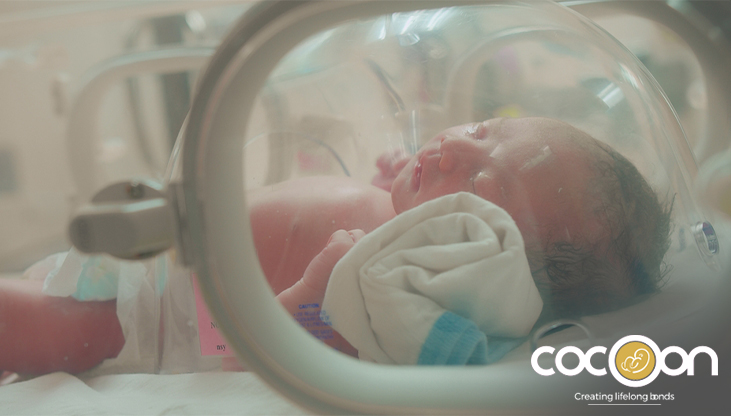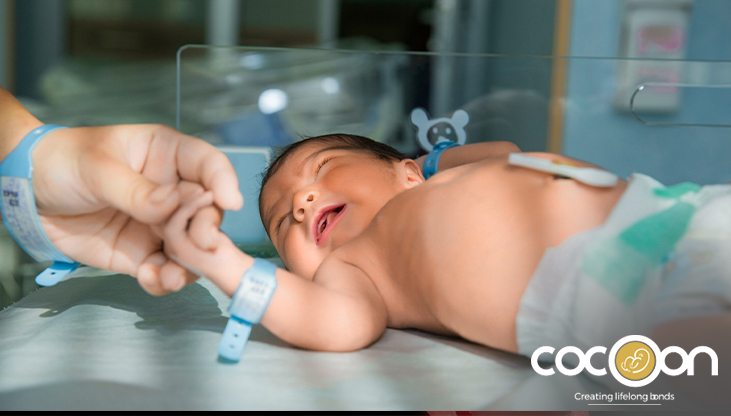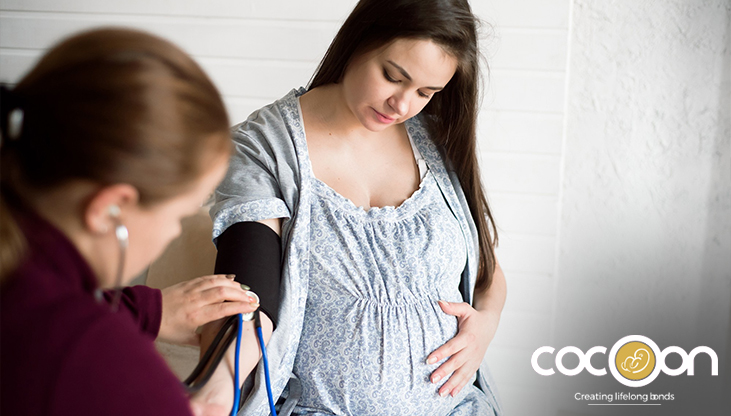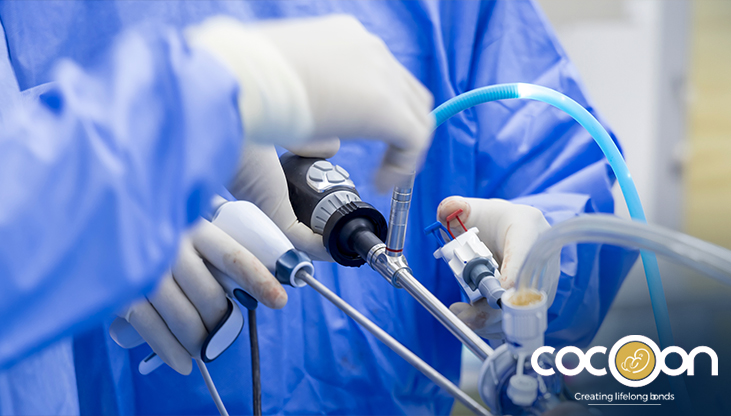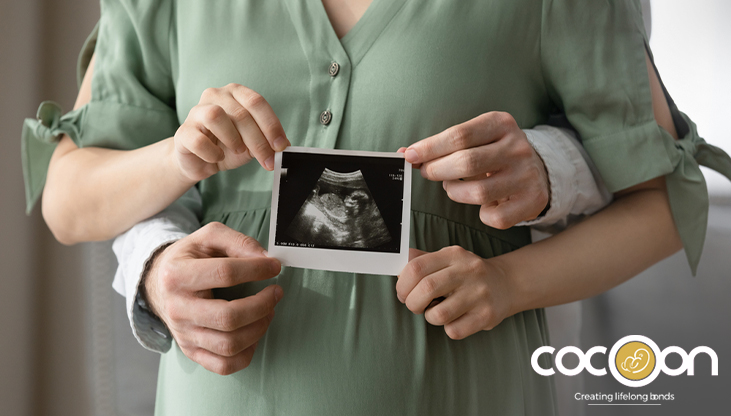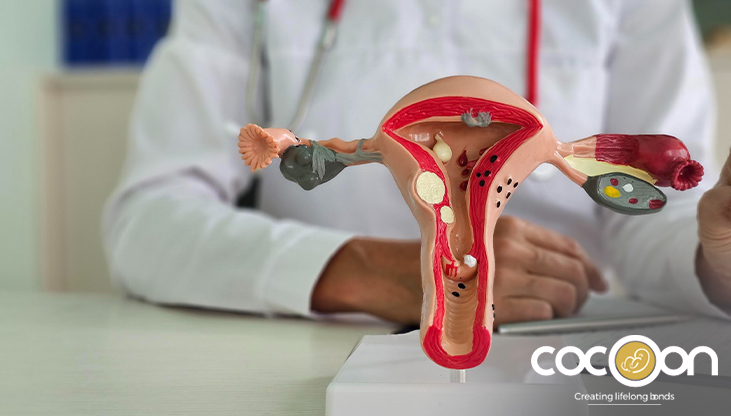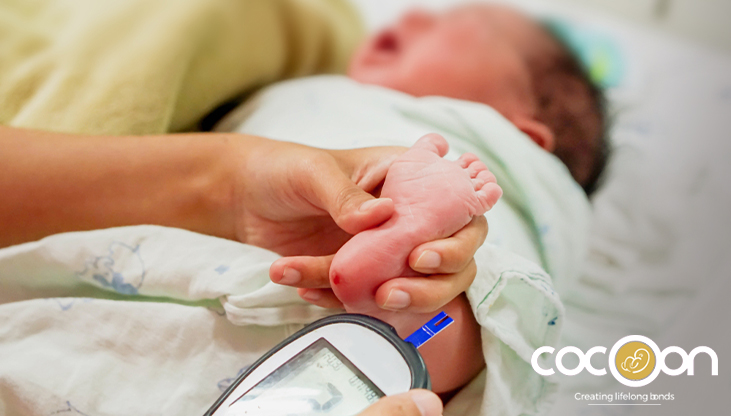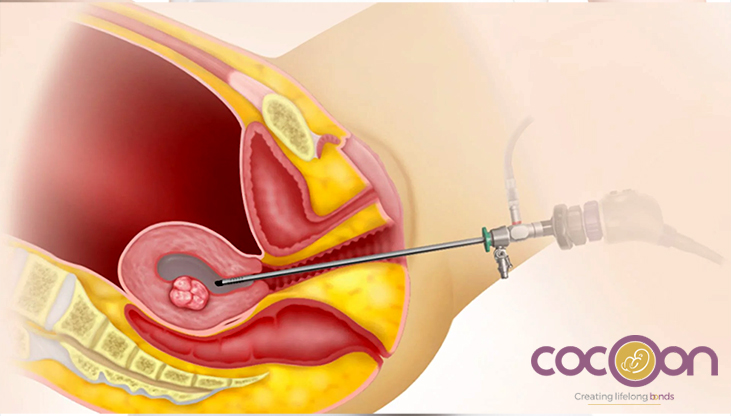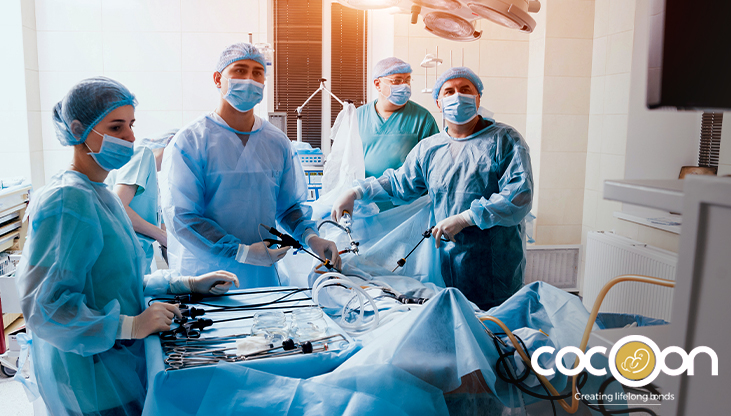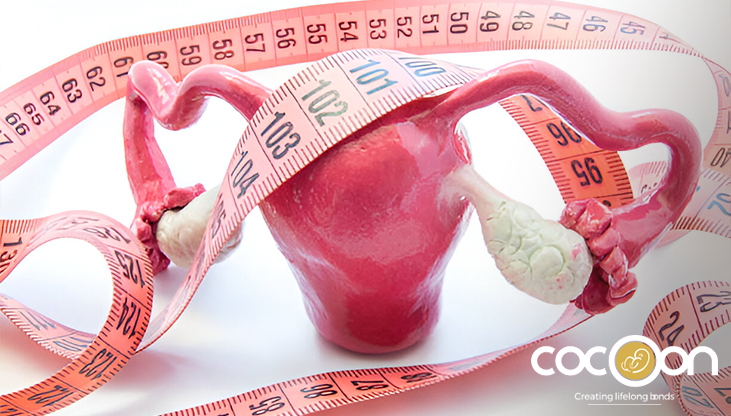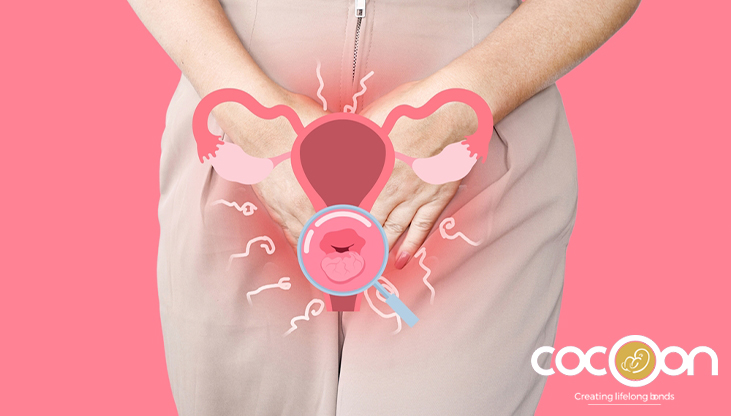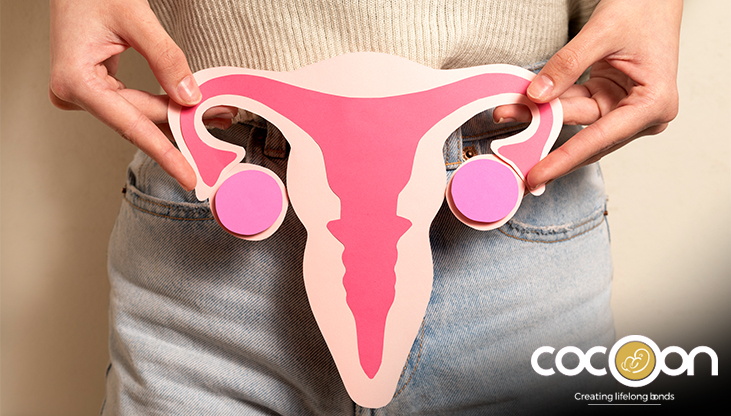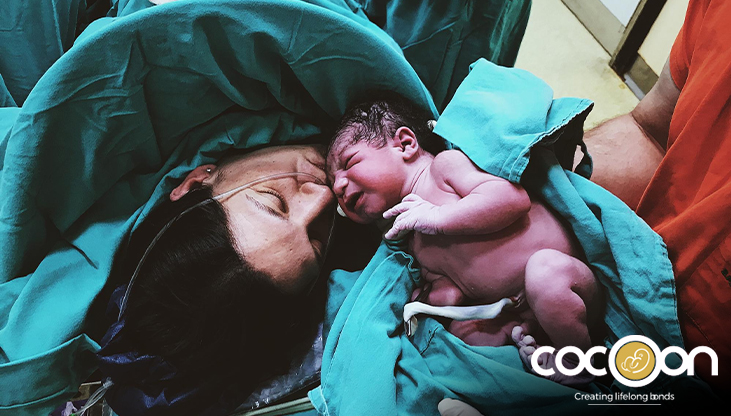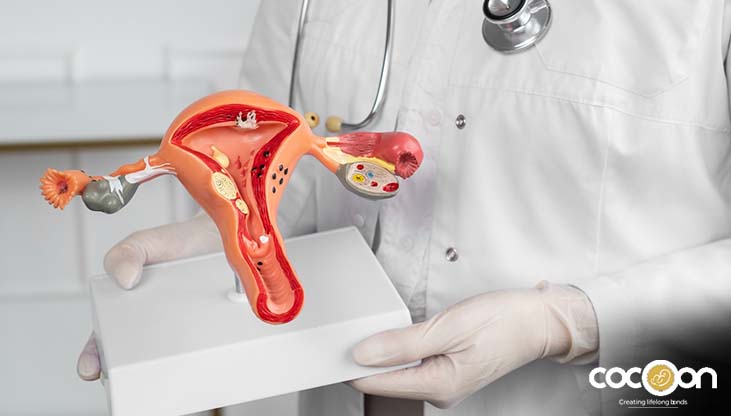Uterine fibroids are non-cancerous growths that develop in the muscular wall of the uterus. These growths vary in size, from tiny, seed-like lumps to large masses that can distort the shape of the uterus. While many women with fibroids experience mild or no symptoms, others suffer from pain, heavy bleeding, fertility issues, and organ compression.
What Are Uterine Fibroids?
Fibroids, also called leiomyomas, are solid lumps of muscle and fibrous tissue that grow inside or around the uterus. These growths are not cancerous, but they can still cause serious health issues.
Fibroids develop due to hormonal changes, genetic factors, or other unknown causes. They can remain small and unnoticed for years, or they can grow rapidly and start affecting nearby organs.
Read Also: Fibroids vs. Cysts: Key Differences and When to Seek Medical Advice
How Big Can Fibroids Get?
Fibroids come in different sizes, ranging from tiny to extremely large:
- Small Fibroids – Less than 1 cm (about the size of a seed or a small pea).
- Medium Fibroids – Between 1 cm and 5 cm (ranging from the size of a cherry to a plum).
- Large Fibroids – More than 5 cm (as big as an orange or even larger).
- Very Large Fibroids – More than 10 cm (similar to a grapefruit or a small melon).
- Some fibroids can grow as large as a football, expanding the uterus to the size of a five-month pregnancy.
Read Also: All You Need to Know About Laparoscopic Myomectomy
When Do Fibroids Become Dangerous?
While small fibroids usually don’t cause problems, larger fibroids can lead to serious complications. A fibroid is considered dangerous when it:
- Presses on surrounding organs, causing pain or difficulty with urination and bowel movements.
- Leads to excessive menstrual bleeding, increasing the risk of anemia.
- Grows too quickly, which may indicate an abnormality.
- Affects fertility, making it harder to conceive or carry a pregnancy to term.
- Causes severe cramps, bloating, and discomfort that disrupt daily life.
If you have any of these symptoms, seeking medical advice is crucial.
Read Also: Is Pregnancy Possible After Myomectomy?
What Are the Symptoms of Large Fibroids?
Some symptoms of large fibroids are:
1. Extreme Pelvic Pain and Pressure
As fibroids grow, they can press against the uterus, bladder, intestines, and nerves, causing constant pain or discomfort. The pain may feel like a dull ache or sharp cramps, similar to menstrual pain but more intense.
2. Heavy and Prolonged Menstrual Bleeding
Some fibroids cause abnormally heavy periods, leading to blood loss and iron deficiency (anemia). Women may experience:
- Periods lasting longer than 7 days.
- Soaking through pads or tampons in an hour.
- Passing large blood clots.
- Feeling weak, dizzy, or fatigued.
3. Frequent Urination and Bladder Issues
Fibroids that press on the bladder reduce its capacity, causing a constant urge to urinate. In severe cases, women may struggle to fully empty their bladder, leading to urinary tract infections.
4. Constipation and Digestive Problems
If a fibroid grows towards the rectum or intestines, it can block normal bowel movements, causing constipation, bloating, and stomach discomfort.
5. Infertility and Pregnancy Complications
Fibroids that grow inside the uterine cavity can interfere with pregnancy by:
- Blocking the fallopian tubes, preventing fertilization.
- Reducing space inside the uterus, making it hard for a baby to grow.
- Increasing the risk of miscarriage or early labor.
6. Swelling in the Lower Abdomen
Large fibroids can cause the lower belly to swell, making a woman appear several months pregnant. This can lead to self-esteem issues and discomfort while wearing fitted clothes.
Read Also: Treating the Patients Patiently
When Do Fibroids Need to Be Removed?
Fibroids may not require immediate treatment, but they must be removed if they:
- Grow larger than 10 cm.
- Cause severe pain that disrupts daily life.
- Lead to heavy bleeding and anemia.
- Affect fertility or cause pregnancy complications.
- Put pressure on important organs like the bladder and intestines.
A doctor will evaluate the size, location, and impact of the fibroids before recommending removal.
Read Also: Cocoon Hospitals: Your Ultimate Destination for Total Laparoscopic Hysterectomy Treatment in Jaipur
What Are the Treatment Options for Fibroids?
Some of treatment options for fibroid are:
1. Watchful Waiting (Observation Without Treatment)
For small, symptom-free fibroids, doctors may suggest waiting and monitoring their growth through regular check-ups. If they don’t grow or cause problems, no treatment is needed.
2. Medications to Shrink Fibroids
Certain medicines can reduce the size of fibroids by lowering hormone levels. However, these medicines are not a permanent solution, as fibroids may grow back once treatment stops.
3. Non-Surgical Procedures
Uterine Artery Embolization (UAE) – This procedure cuts off blood supply to the fibroids, causing them to shrink and die.
MRI-Guided Focused Ultrasound – Uses sound waves to break down fibroid tissue without surgery.
These treatments work best for medium-sized fibroids that have not grown too large.
4. Surgery for Large or Severe Fibroids
For large, painful, or fast-growing fibroids, surgery is often the best option. The two main types are:
- Myomectomy – Removes only the fibroids while keeping the uterus intact. This is best for women who want to have children in the future.
- Hysterectomy – Removes the entire uterus. This is a permanent solution but is only recommended for women who do not want more children.
Some women may also need a laparoscopic procedure, which is a minimally invasive surgery that removes fibroids with tiny incisions.
Read Also: The Complete Guide to Dilation & Curettage Surgery
Can Fibroids Go Away on Their Own?
Small fibroids may shrink over time, especially after menopause, when hormone levels drop. However, large fibroids rarely disappear without treatment. If they continue to grow and cause problems, medical intervention is necessary.
Conclusion
Fibroids are common, but large fibroids can lead to severe health problems. If you experience intense pain, heavy bleeding, bladder issues, infertility, or noticeable swelling, it is important to seek medical help.
With early detection and proper treatment, fibroids can be managed effectively, allowing women to live comfortably and maintain their reproductive health. If you are unsure whether your fibroids need treatment, a doctor can assess your condition and guide you to the best solution.
FAQ’s
Q1. What size of fibroid is considered dangerous?
A: Fibroids larger than 5 cm can cause complications, but those exceeding 10 cm are considered dangerous as they may press on nearby organs, cause severe pain, or lead to heavy bleeding.
Q2. Can fibroids shrink without treatment?
A: Small fibroids may shrink naturally, especially after menopause when hormone levels decline. However, large fibroids often require medical treatment.
Q3. How do I know if my fibroid needs to be removed?
A: Fibroids should be removed if they cause severe pain, heavy bleeding, infertility, bladder or bowel problems, or grow larger than 10 cm.
Q4. Can fibroids affect pregnancy?
A: Yes, fibroids can block the fallopian tubes, interfere with embryo implantation, or cause complications like miscarriage, preterm labor, or delivery issues.
Q5. What is the best treatment for large fibroids?
A: Large fibroids often require surgical options like myomectomy (removal of fibroids) or hysterectomy (removal of the uterus). Non-surgical options like uterine artery embolization may also help in some cases.

